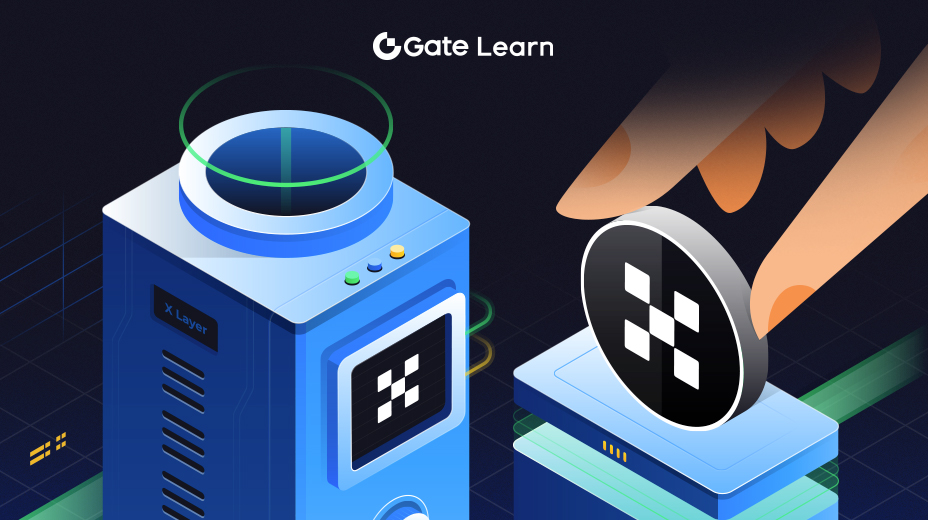Lightlink's technical architecture
This module delves into the technical architecture of Lightlink, focusing on the analysis of its proprietary technology stack, Optimistic Rollups mechanism, as well as the separation design of consensus layer, execution layer, and data availability layer.
Lightlink's proprietary technology stack
Lightlink is built on a proprietary technology stack, optimized for scalability and reduced transaction costs. Its architecture adopts a modular design, separating the consensus layer, execution layer, and data availability layer. This separation enables the network to process over 10,000 transactions per second (TPS), ensuring that large-scale applications can run quickly and efficiently. Through this hierarchical isolation, the network significantly reduces the complexity and burden commonly associated with traditional Layer 1 blockchains, making transaction processing smoother.
In this architecture, the consensus layer is responsible for verifying transactions and ensuring network integrity, the execution layer efficiently processes transactions, and the data availability layer ensures the availability of information required for transaction verification and execution, while avoiding excessive system load. This modular approach greatly enhances the network's processing capabilities in high transaction volume environments, while maintaining low costs, providing users with a more efficient blockchain solution.
Optimistic Rollup architecture
Lightlink uses the Optimistic Rollup architecture to address the throughput and latency issues of Ethereum Layer 1. Optimistic Rollup processes transactions offline and submits the results to the Ethereum mainnet, effectively reducing the load on the Ethereum base layer and achieving faster and lower-cost transactions. For Lightlink, this architecture plays a key role in supporting high transaction capacity and alleviating common network congestion on Ethereum.
The core principle of Optimistic Rollup is to assume by default that all transactions are valid, and to only perform verification checks when fraud proof is received. This mechanism ensures network security while significantly reducing computational resource consumption.
Although Ethereum is powerful, it often faces scalability issues and high transaction fees during periods of network congestion. Lightlink significantly improves performance through its Layer 2 solution: compared to Ethereum's base layer, which can process 15-30 transactions per second, Lightlink can handle over 10,000 TPS with transaction costs lower than $0.01.
Due to Lightlink's trading not directly competing with the Ethereum base layer, its fee structure has been greatly optimized. This scalability improvement is particularly suitable for application scenarios that require frequent transactions, such as decentralized finance (DeFi) platforms and game dApps.
Geth (Go-Ethereum) client and EVM compatibility
Lightlink has achieved full compatibility with the Ethereum Virtual Machine (EVM) by using the Geth (go-ethereum) client. As the mainstream implementation of the Ethereum protocol, Geth is a core component of the Ethereum ecosystem. Building on Geth enables Lightlink to be fully compatible with EVM, allowing developers to directly deploy existing Ethereum smart contracts on Lightlink without modifying the code.
EVM compatibility greatly simplifies the process of migrating dApps from Ethereum to Lightlink. Developers can continue to use familiar Ethereum development tools and frameworks, such as Solidity, Hardhat, and Ganache, which lowers the threshold for expanding to Layer 2 solutions. In addition, Lightlink's adoption of Geth also enables it to continue benefiting from improvements in the Ethereum ecosystem, including various security updates and performance optimizations.
Highlights
- Lightlink's proprietary technology stack separates the consensus, execution, and data availability layers to optimize transaction processing.
- The network uses an optimistic rollup architecture, which significantly improves congestion reduction, transaction speed, and cost efficiency compared to Ethereum.
- Lightlink supports over 10,000 transactions per second, with fees lower than $0.01, and has higher scalability and cost-effectiveness than Ethereum Layer 1.
- The Geth (go-ethereum) client ensures that developers can easily migrate Ethereum dApps to Lightlink without modifying the code.
- By deeply integrating with Ethereum through Layer 2 technology, Lightlink not only solves the scalability and cost issues of Ethereum, but also maintains a close connection with the Ethereum ecosystem.





